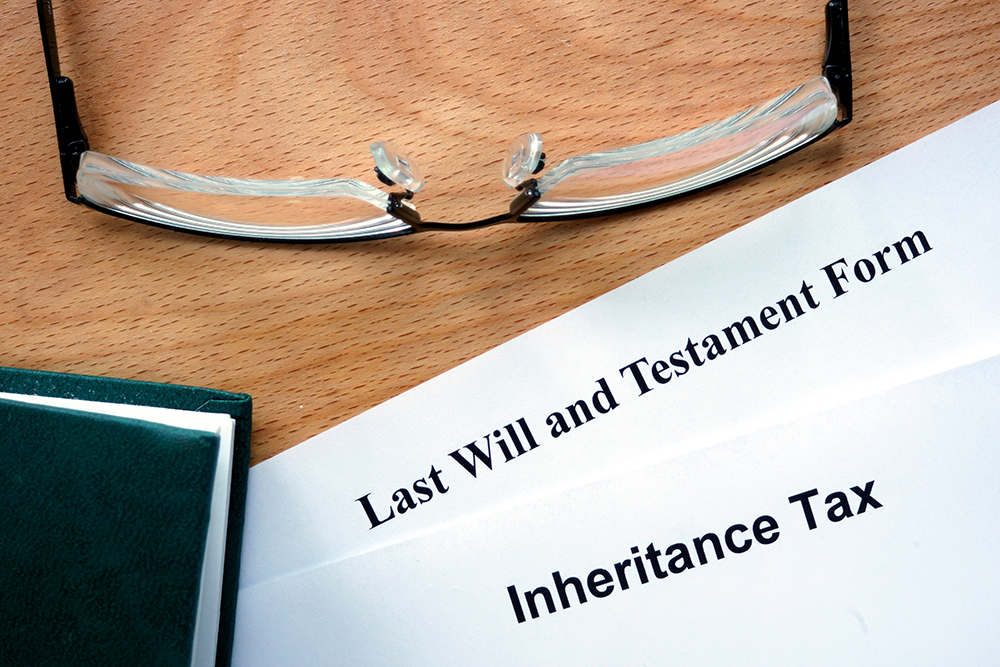Retirement is not a single event. It is a process that begins long before you leave work and continues for the rest of your life. Here are some tips on how to transition into retirement and beyond.
CONSOLIDATE AND SIMPLIFY
Consolidate your retirement accounts for simplicity. Combining accounts makes managing your money and seeing the big picture easier.
Fewer accounts mean fewer monthly or quarterly statements, fewer companies to notify if you move or want to change beneficiaries, and possibly lower costs. It can also make calculating RMDs easier.
EXAMINE THE NUMBERS
As you move away from working full-time, be sure your monthly and annual budgets are up to date. Include existing expenses that aren’t likely to change, such as groceries and utility bills.
Don’t forget to include new expenses you may incur in retirement. This includes healthcare costs your employer may have paid for or taxes when you withdraw from tax-deferred retirement accounts.
UPDATE YOUR PLANS
If it’s been a while since you’ve reviewed your estate planning documents, nearing retirement is a good time for a refresher.
While you may focus on ensuring your will and trust documents are up to date, don’t forget about your power of attorney, health care directives and guardian nominations.
If your retirement plans include relocating to a new state, consult an attorney in the new location to ensure your estate documents will be valid in that state. Having out-of-state documents can complicate trust and estate adminstration.
When you update your estate plan, remember to create a list of your accounts and assets and update that list as things change. It is not important to add a value to the account, as those change over time. Make sure to include the name and location of the account and the last four digits of the account number. It is one of the most important things you can do for your beneficiaries to avoid a time-consuming treasure hunt for your assets when you’re gone.







